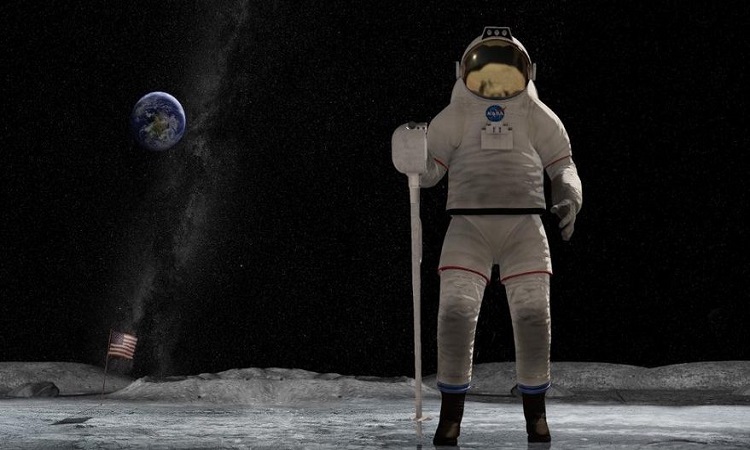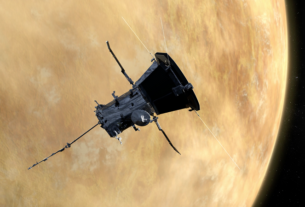After a failure last year, SpaceIL, an Israeli nonprofit, will attempt to land on the moon again with not one, but two moon landers. The launch of this ambitious mission is scheduled for the first half of 2024.
In February 2019, a spacecraft signed by the Israeli non-profit organization SpaceIL took off from Florida aboard a SpaceX rocket with the ambitious goal of landing on the moon. If all had gone according to plan, then Israel could have become the fourth country to land on our satellite. Unfortunately, this moon landing, attempted approximately two months after launch, was unsuccessful. The main engine of the Beresheet (the name of the ship) indeed broke down during its descent, before crashing on the surface, in the open Sea of Serenity.
Despite this crash, those responsible for the mission then drank the glass half full. “Well, we didn’t succeed, but we definitely tried,” said billionaire Morris Kahn, who partially funded this program. “I think getting to where we are is really amazing. We can be proud ”.
NASA also wanted to reassure SpaceIL: “space is difficult, but it is worth taking risks”, recalled Thomas Zurbuchen, deputy administrator of the direction of scientific missions of the American agency. “If we were successful every time, we wouldn’t have any rewards. It is when we keep trying that we inspire others and achieve greatness. ”
SpaceIL gets back in the saddle
And that’s good, because SpaceIL intends to try again, with a “Beresheet 2” mission which seems to be emerging for 2024. This one is even more complex than the first. This time the Israeli organization intends to send not one, but two moon landers accompanied by an orbiter. The budget for this new project will be roughly the same as last year (around 82 million euros).
These two landers will be much smaller than their predecessor: around 118 kilos each against just under 600 kilos for Beresheet. Who says “two moon landers” also says “two landing sites”. However, SpaceIL has not yet communicated on the two chosen environments. The orbiter will circle the moon for at least two years.
SpaceIL hopes that international partnerships can cover about half the cost of this mission. Kfir Damari, co-founder of the organization, said the United Arab Emirates was one of seven nations interested in participating. However, he declined to name the other six. The Israel Space Agency is also likely to fund part of it. For the rest, SpaceIL will have to raise funds from private donors.
Finally, remember that the first Beresheet mission was first developed as part of the Google Lunar XPRIZE competition in 2007. At the time, this prize was to reward the first private company that would manage to land a machine on the Moon. None of the finalists finally made it up to the challenge on time. However, SpaceIL, which was among the finalists at the time, had persevered thanks to donations from philanthropists.

Email: ben@satprwire.com Phone: +44 20 4732 1985
Ben has been listening to the technology news for quite some time that he needs just a single read to get an idea surrounding the topic. Ben is our go-to choice for in-depth reviews as well as the normal articles we cover on a normal basis.



